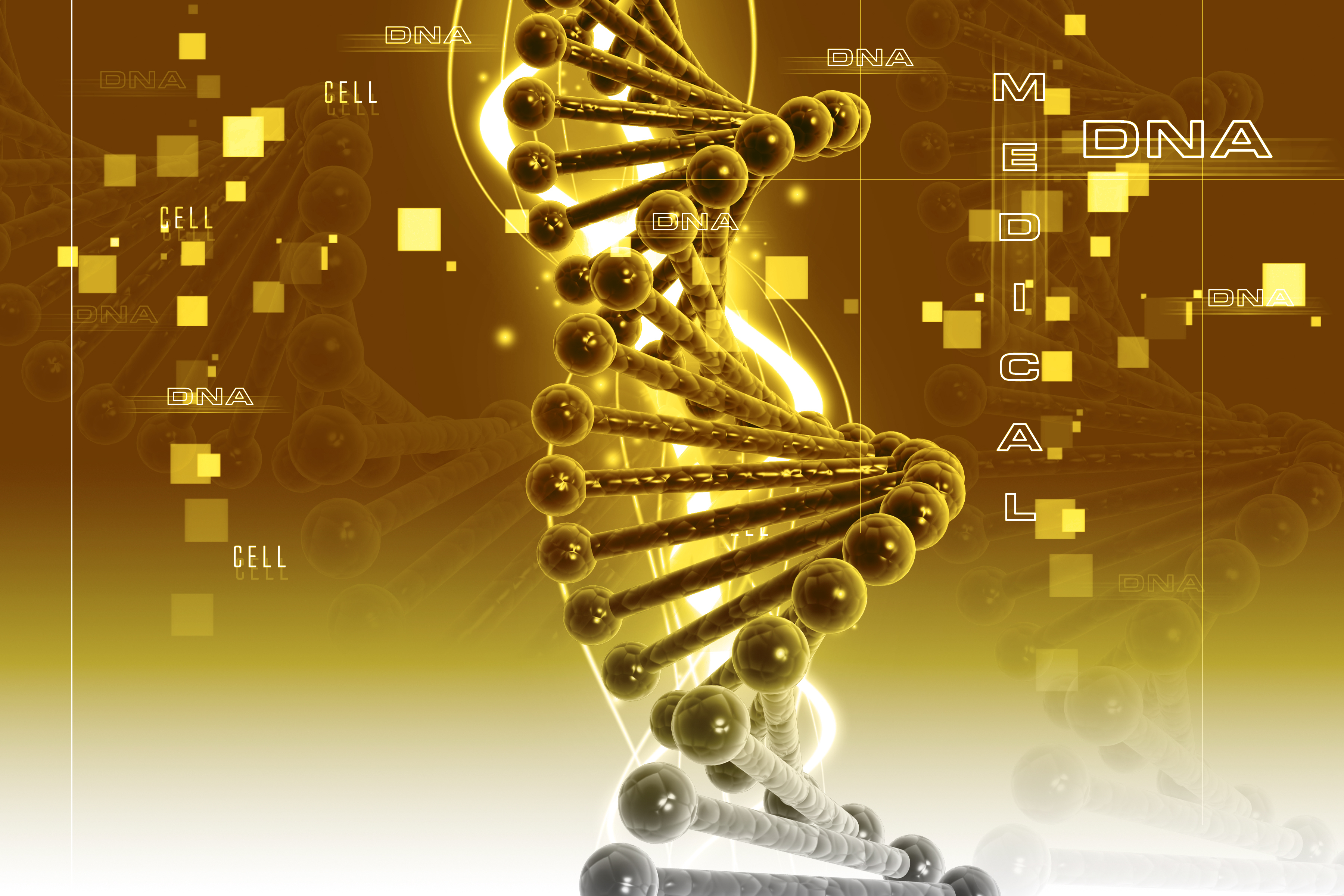- Genomics
- Transcriptomics
- Epigenomics
- Meta-omics
- Proteomics
- Single-Cell Sequencing
- Immune Repertoire Sequencing
- FFPE Samples

De Novo Fungal Genome Sequencing
Cases
Technical Information
Contact Us / Wish List

BGI provides comprehensive de novo fungal genome sequencing services to help researchers investigate key fungal genes and proteins to reveal their specific functions and predict metabolic pathways with high accuracy and short turnaround time. For pathogenic fungi, de novo sequencing can be used to identity pathogenesis-associated genes and genes involved in interactions between fungi and crops. This approach also enables the study of species evolution and genome comparisons. For edible and officinal fungi, de novo sequencing can facilitate the elucidation of complex metabolic pathways, aid in the identification of beneficial metabolites, and enhance studies of species evolution. De novo genome sequencing can also be used to study the biological control of fungi and industrial yeast.
Benefits:
- Highly cost-effective: we provide data for 50X genome size coverage and assembly of the whole genome at a low price
- Quick and precise: species information is provided at the base level, without the need for time-consuming and imprecise traditional methods
High Genome Heterozygosity and Endemic Genetic Recombination in the Wheat Stripe Rust Fungus. Nature communications. doi:10.1038/ncomms3673 (2013).
Stripe rust, caused by Puccinia striiformis f. sp. tritici (Pst), is one of the most destructive diseases of wheat. In this study, we generate a significantly improved draft genome (~110 Mb) of a Chinese Pst isolate, CY32, using a ‘fosmid-to-fosmid’ sequencing strategy that combines the use of a fosmid library and Illumina sequencing. This isolate has been the most prevalent virulent strain in China since 1991 and caused severe yield losses in the 2002 wheat stripe rust epidemic. The assembled genome sequence of CY32 is 130.7 Mb, which is approximately twice as large as the released Pst-130 genome (64.8 Mb). Our results show that the ‘fosmid-to-fosmid’ strategy is more effective than the conventional whole-genome shotgun (WGS) approach for sequencing dikaryotic rust fungi.
Bioinformatics:
- Data processing
- Filtering adapters and low-quality data
- Data production and quality control
- Genome assembly
- Genome-wide component analysis (gene components, repeat sequences, and non-coding RNAs)
- Gene function analysis
- General gene annotation (default databases: KEGG, Swissprot, and GO; optional databases: Nr and COG)
- Pathogenicity analysis using databases such as Pathogen Host Interactions (PHI-base), Carbohydrate-Active Enzymes (CAZy), and Fungal Cytochrome P450 (FCPD)
- Prediction of secreted proteins
- Comparative genomic analysis
- Genomic homologies and consensus sequences
- Structural variations (synteny analysis)
- Core or pan genomes
- Evolution analysis (phylogenetic trees)
- Customized analysis (case by case) BGI Tech can also perform other customized analyses to meet the requirements of specific projects.
Sample Requirements:
- Sample type: genomic DNA
- Sample quantity:
- Short-insert libraries (≤800 bp): ≥ 5µg
- 5- to 6-K large-insert libraries: ≥40 µg
- 10-K large-insert libraries: ≥60 µg
- Sample concentration:
- Short-insert libraries (≤800 bp): ≥25 ng/µL
- 5- to 6-K large-insert libraries: ≥133 ng/µL
- 10-K large-insert libraries: ≥133 ng/µL
Turnaround Time:
The standard turnaround time for the workflow (above) is 35-55 business days.
Completion Criteria:
- Primary assembly: generate 50X clean data at minimum
- Advanced assembly: generate 100X clean data at minimum, and scaffold N50 ≥300 kb

